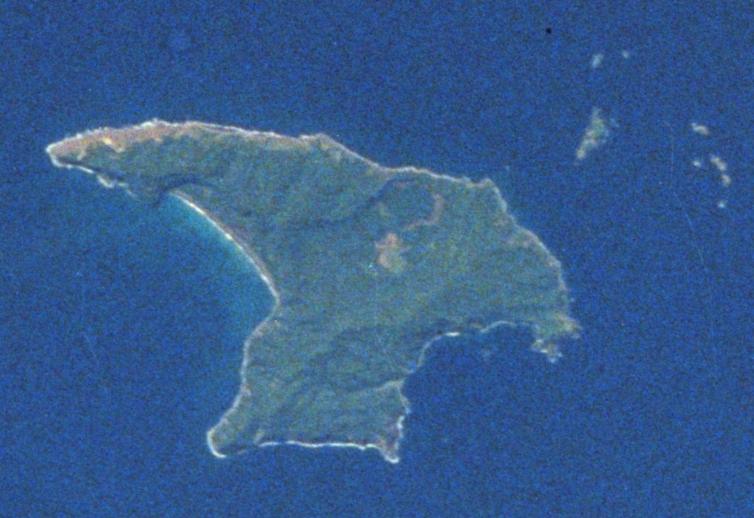A group of 30 New Zealand teenagers are getting ready for the trip of a lifetime; they’ve been chosen to travel to the far-flung, uninhabited Kermadec Islands to learn about conservation.
For young students, trips away from home are always an exciting adventure – and for 30 New Zealand teens, their journey will take them to a place where few people have ever set foot. The lucky secondary students are getting ready for a trip to the remote Kermadec Islands, a small and isolated chain located more than 800 km northeast from New Zealand’s North Island. The island visit, called the Young Blake Expedition, is the first of what may become an annual event, designed to teach talented youngsters about how to conduct scientific research and preserve the unique biodiversity of their region.
The Young Blake Expedition is named after Sir Peter Blake, one of New Zealand’s most treasured heroes. An avid sailor, he circumnavigated the world in a record-setting 74 days and 22 minutes, and he was also an acclaimed environmentalist who was tragically killed by pirates on the Amazon River in 2001. A more perfect place to visit in his honor would be hard to find; the Kermadecs are pristine and uninhabited aside from a scientific research station, although at one time, a small population thrived on several of the islands, composed mainly of whalers hunting in the rich South Pacific waters.
In the 19th century, a few brave European settlers also lived on Raoul, the largest of the four main Kermadecs; a prominent Auckland journalist, Elsie K. Morton, wrote a book about one of the founding families, the Bells, entitled The Crusoes of Sunday Island. Her vivid accounts were filled with tales about life in the often-challenging islands. Like a Little House on the Prairie set in exotic Polynesia, she chronicled their struggles with starting a plantation, the frightening isolation, and eventually, their return to civilization after a cyclone destroyed their homestead.
The islands were completely abandoned by permanent residents in the 1930’s, but it was then that they became a site of scientific interest and a research base was established, similar to the Galapagos Islands. The Kermadecs were declared a nature reserve by New Zealand in 1937. Found along the same undersea ridge as the northward country of Tonga, the rocky, volcanic islands are home to a distinctive subtropical ecosystem. The dense, rainy jungle on the islands hosts a variety of endemic plants and bird species, and Bird Life International considers the area an important breeding area for seabirds.
Sir Peter Blake’s legacy of conservation initiatives is intended to make sure that the next generation treasures the islands as much as he did, according to Expedition program director Hannah Prior. “Sir Peter dedicated the latter part of his life to increasing the understanding of our fragile marine environment,” she said, “and he was a huge advocate for providing a chance for young people to reach their potential through challenging adventures.”
Read more about this story: Stuff.co.nz
Full text of The Crusoes of Sunday Island, by Elsie K. Morton: Link




